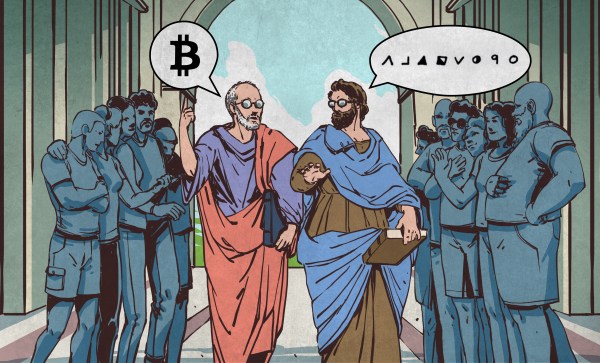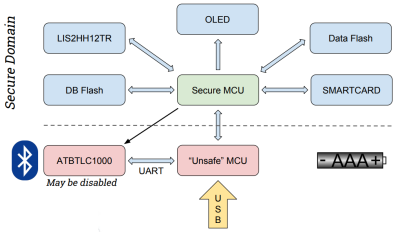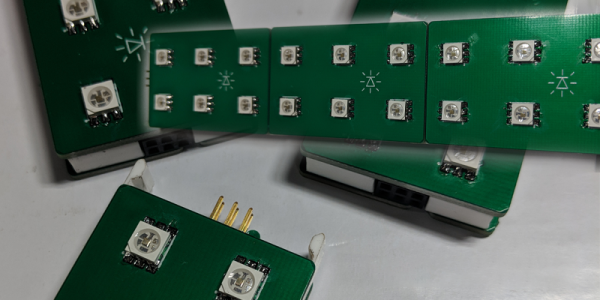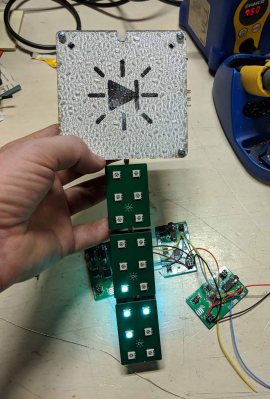Some switches in Cisco’s 9000 series are susceptible to a remote vulnerability, numbered CVE-2019-1804 . It’s a bit odd to call it a vulnerability, actually, because the software is operating as intended. Cisco shipped out these switches with the same private key hardcoded in software for all root SSH logins. Anyone with the key can log in as root on any of these switches.
Cisco makes a strange claim in their advisory, that this is only exploitable over IPv6. This seems very odd, as there is nothing about SSH or the key authentication process that is IPv6 specific. This suggests that there is possibly another blunder, that they accidentally left the SSH port open to the world on IPv6. Another possibility is that they are assuming that all these switches are safely behind NAT routers, and therefore inaccessible through IPv4. One of the advantages/disadvantages of IPv6 is that there is no NAT, and all the network devices are accessible from the outside network. (Accessible in the sense that a route exists. Firewalling is still possible, of course.)
It’s staggering how many devices, even high end commercial devices, are shipped with unintentional yet effective backdoors, just like this one. Continue reading “This Week In Security: Backdoors In Cisco Switches, PGP Spoofing In Emails, Git Ransomware”







 The key to the hardware is the use of a smartcard with proven encryption to store your passwords. Mooltipass is a secure interface between this card and a computer via USB. The new version will be a challenge as it introduces BLE for connectivity with smart phones. To help mitigate security risks, a second microcontroller is added to the existing design to act as a gatekeeper between the secure hardware and the BLE connection.
The key to the hardware is the use of a smartcard with proven encryption to store your passwords. Mooltipass is a secure interface between this card and a computer via USB. The new version will be a challenge as it introduces BLE for connectivity with smart phones. To help mitigate security risks, a second microcontroller is added to the existing design to act as a gatekeeper between the secure hardware and the BLE connection.










